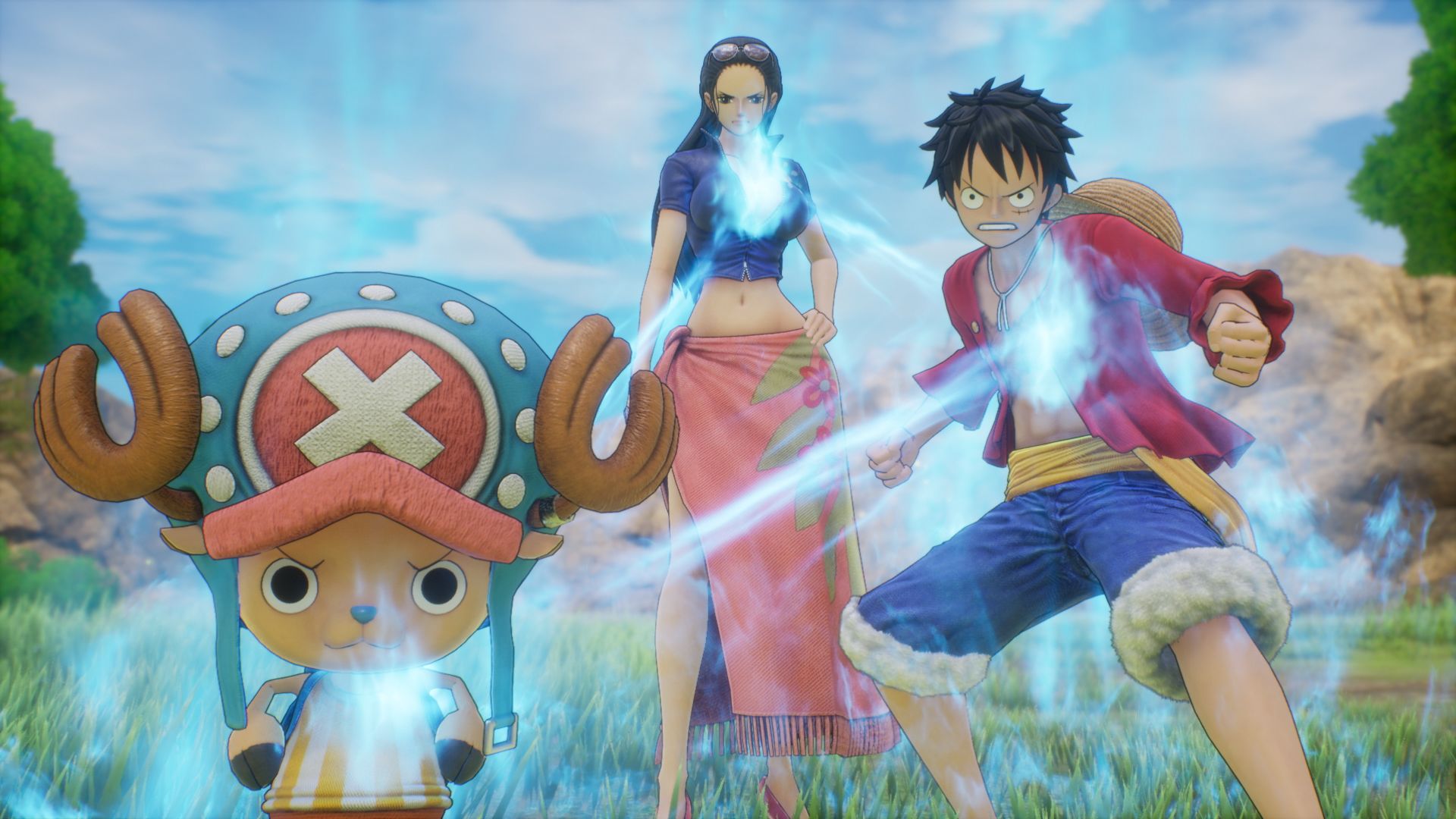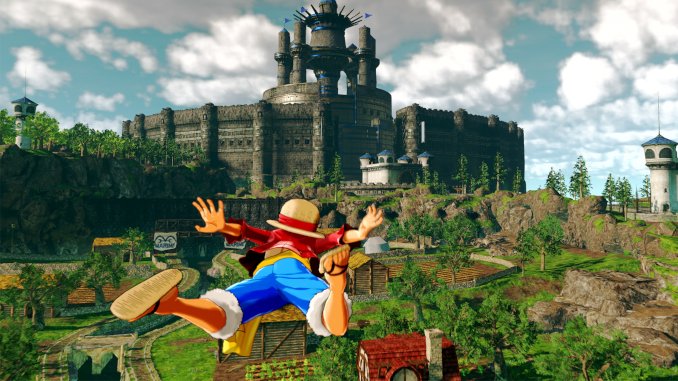

"Face the Swarm" ( Hopper7 mode): "A horrific Heaven Smile has awakened." Regular enemies are replaced with "HopperMen", guys wearing grasshopper costumes who die in one shot no matter where you shoot them.Fortunately, you get a new persona with a Tommy gun and a ton of health. "Bloodbath" (Killer8 mode): "A new personality will awaken." Enemies have greater health and deal much greater damage, making all but two of the Smiths a One-Hit-Point Wonder, and regular enemies' weak points can't be seen so blood for upgrades will be in short supply."Deadly": "In addition to limitations on hints, expect some extreme combat."."Normal": "Helpful hints and other features make the game proceed relatively smoothly.".God of War (PS4) uses a different naming convention for its difficulty levels:."Spartan" ( I) / "God" ( II) / "Titan" ( III)."Mortal" ( I and II) / "Spartan" ( III).God of War: The hardest difficulty levels in each God of War game refer to Kratos' allegiance in each respective game.


Only unusual examples should be added to this article. Often overlaps with Easier Than Easy and Harder Than Hard (which are not about the name, but about the kind of challenge offered). Of course, if you use more than one word, everyone will call them "Easy", "Medium" and "Hard", but it does help establish continuity and mise en scène. One frequent convention is naming the difficulty levels after increasingly badass figures, and (optionally) naming the lower difficulty levels after something insulting. Another widespread trend is to make one of the difficulty settings a Title Drop, typically the hardest one. However, a recurring clever idea is to name them in a way reflecting of your game's style or plot. Traditionally, they would just be called Easy, Medium, and Hard (or synonyms like Beginner, Intermediate and Expert). Many video games have adjustable Difficulty Levels so as to provide more of a challenge to good players while allowing poor players the satisfaction of finishing and finding out how the story ends.


 0 kommentar(er)
0 kommentar(er)
